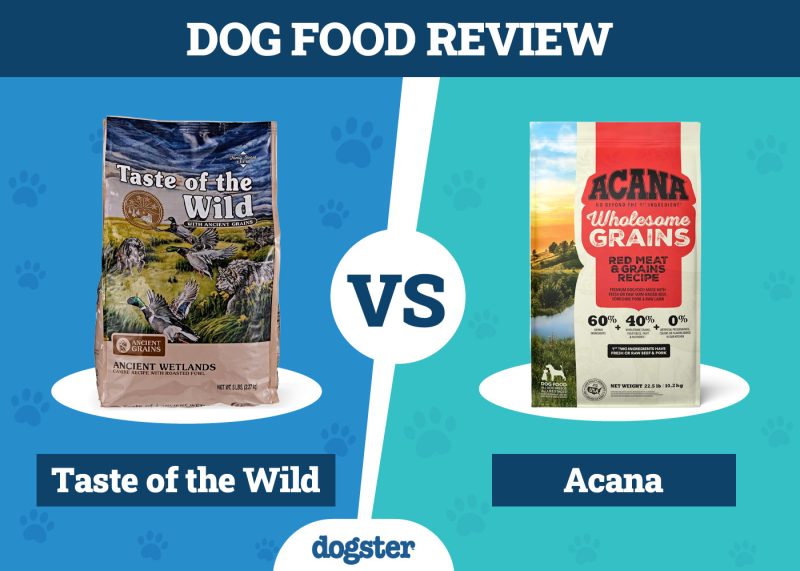In this article
Dogs, just like humans, need phosphorus in their diets to maintain good health throughout their lifetimes. Phosphorus plays an important role in many body functions and keeping adequate levels is very important.
In this article, we will explore the general functions of phosphorus, how much phosphorus a dog needs, why it is important to have a balanced amount of phosphorus in a dog’s diet, as well as the cases when phosphorus needs to be reduced in a diet.

What Is Phosphorus?
Phosphorus is a mineral that works with calcium to keep the bones strong and healthy. Phosphorus plays an important role in muscle contraction as well as in the transfer and storage of energy through the body. It is important to make sure the body doesn’t get too much phosphorus, as an imbalance could cause the phosphorus to pull calcium out of and weaken the bones.
Usually, the kidneys do a great job of removing excess phosphorus from the body. However, if kidney problems are present, they may not be able to get the job done efficiently, and an overload of phosphorus could encompass your dog’s body.

How Much Phosphorus Do Dogs Need?
The amount of phosphorus that your dog needs will depend on its kidney health. A large dog with healthy kidneys should eat a diet that is made up of about 1% phosphorus. Smaller dogs with healthy kidneys should eat a diet made up of between .06% and 1.3% phosphorus.
However, it’s a different story for dogs with kidney disease. They should be offered food made up of no more than .5% phosphorus.1
How to Calculate the Phosphorus in Your Dog’s Food
If you are feeding commercial dog food to your pooch, you don’t have to do much work to figure out how much phosphorus is in the food. All you should have to do is read the nutrition label, which should list the percentage of phosphorus, calcium, protein, and other nutrients that are contained in the food.
When calculating phosphorus content in dog food, the calcium content should always be considered as well since these two minerals need to be balanced. Excesses or deficiencies in any of these two minerals have negative consequences on the dog’s body.
In a healthy dog’s maintenance diet, the balance of calcium to phosphorus should be around 1:1 with a desirable slightly higher calcium content (for example, 1.1:1).
A growing puppy with developing bones would need slightly more calcium, and the ratio can be as high as 1.8:1. Depending on their breed and age, both excesses and deficiencies of calcium have negative consequences for puppies.
In simple terms, meat is higher in phosphorus and bones are higher in calcium content, but is not that easy. Calculating this on your own can result in serious health consequences for dogs. Ideally, when formulating your dog’s homemade food, you should always be advised by a professional.
Some available online resources are: https://animaldietformulator.com/ and https://www.petdiets.com/Homemade-Diets

Does Your Dog Need a Low-Phosphorus Food?
If your dog is healthy, you shouldn’t have to worry about giving them a special kind of food, and the phosphorus in commercial dog foods should be balanced and at safe levels. However, if your dog has unhealthy kidneys, they may do better on a low-phosphorus diet.
You should be able to find foods at the store that are labeled as low phosphorus, and a vet may be able to prescribe a special low-phosphorus diet for your pooch.
If you need to speak with a vet but can't get to one, head over to PangoVet. It's our online service where you can talk to a vet online and get the personalized advice you need for your pet — all at an affordable price!





















